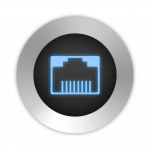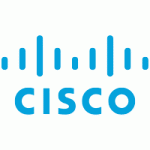 This is a Second part of an article I have written some time ago about the great tool called PackETH. This article will be much shorted as it will be focused on the less complicated (but not useful!) modes of the tool.
This is a Second part of an article I have written some time ago about the great tool called PackETH. This article will be much shorted as it will be focused on the less complicated (but not useful!) modes of the tool.
In the previous par I have described how to build your own packet from L2 to L4 but what if you need something else ? maybe not a single packet but a burst of packets? or what is you need to send multiple streams of various frames ? Well then you need to use the Gen-S and Gen-B modes.


 Cisco as well as many other vendors locks their equipment to only work with their own branded SFPs. The problem is that none of the big vendors actually manufactures the modules themselves – they use 3rd parties like avago or finisar. This extremely shameful practice is wide spread so almost everyone does this – Cisco, Juniper, Brocade or NetApp all are guilty of this. One issue is price – the aforementioned companies are willing to ask you 10 or even 100 times more for a branded sfp under the pretense of supportability.
Cisco as well as many other vendors locks their equipment to only work with their own branded SFPs. The problem is that none of the big vendors actually manufactures the modules themselves – they use 3rd parties like avago or finisar. This extremely shameful practice is wide spread so almost everyone does this – Cisco, Juniper, Brocade or NetApp all are guilty of this. One issue is price – the aforementioned companies are willing to ask you 10 or even 100 times more for a branded sfp under the pretense of supportability.